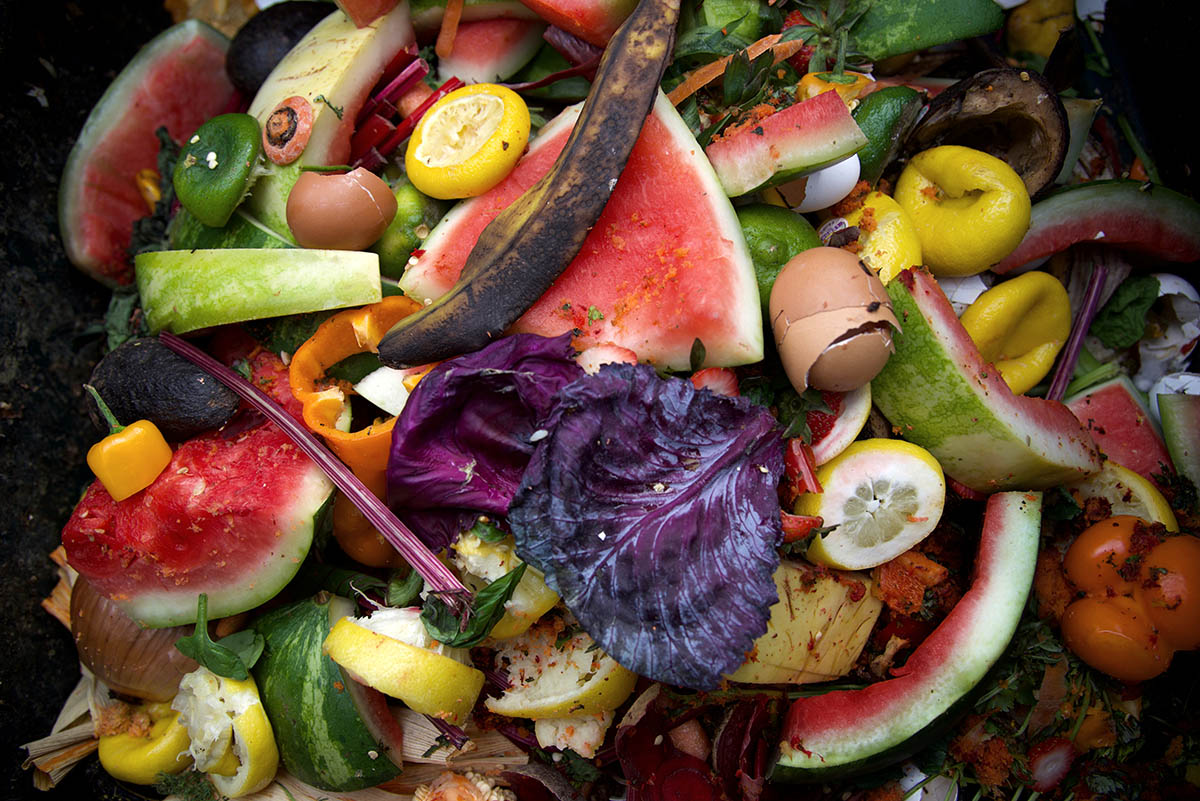
The national organics recovery strategy has four goals: Preventing food loss, preventing food waste, increasing the organics recycling rate and supporting policies centered on those three goals. | Jesse David Falls/Shutterstock
Federal agencies this month unveiled a national organics recovery strategy with specific actions – and designated grant funding – that will move the country toward an existing goal of reducing food loss and waste by 50% by 2030.
The document was compiled jointly by the U.S. EPA, Department of Agriculture and the Food and Drug Administration. It provides tangible steps the federal government can take to push for the 2030 goal, which was initially set in 2015.
“Each year, too much food produced in the United States ends up in landfills instead of on dining room tables,” EPA administrator Michael Regan said in a statement. “This hurts our economy by raising the cost of food and contributing to climate pollution.”
Regan added the national strategy “provides a comprehensive set of actions that the Biden-Harris Administration will take to reduce waste and protect our environment while improving food security and saving money for families and businesses.”
The plan has four goals: To prevent food loss, prevent food waste, increase the organics recycling rate and support policies that further those three aims.
The strategy identifies a wide range of actions to hit these goals. Preventing food loss, for example, can include government agencies encouraging partial-order acceptance by retailers – which means when items in a food order do not meet specifications, only part of the order is rejected rather than the entire load of food – or the FDA providing the industry with a “clear route to bring innovative packaging products to market” that could preserve freshness for longer.
Actions toward preventing food waste include a similarly diverse range of efforts, such as outreach and education, supporting the private sector in standardizing the “best by” labeling on food packaging, bolstering food donation programs and researching key drivers of food waste.
The organics strategy follows a related National Recycling Strategy finalized in 2021.
The U.S. Composting Council praised the release of the strategy, describing it as “a much-needed and comprehensive plan that includes key needs of composters.” In particular, the group applauded the inclusion of several grant allocations.
As part of its goal to increase the organics recycling rate, the strategy indicates the EPA will issue up to $275 million in grant funds through the Solid Waste Infrastructure for Recycling Grant Program, for projects that could include organics recycling infrastructure. That’s particularly important, USCC noted, because the group estimates between 300 and 500 new food waste composting facilities are needed across the country to meaningfully increase organics recycling.
Other grants are available for compost program planning, education and outreach, technical assistance and more.
“The development of additional organics recycling infrastructure will be essential to meet the National Recycling Goal and to ensure that all communities can participate and share in the benefits of organic waste recycling,” the strategy states, adding the actions will support both “centralized” and “decentralized,” meaning both industrial and on-farm/community-scale, organics recycling operations.